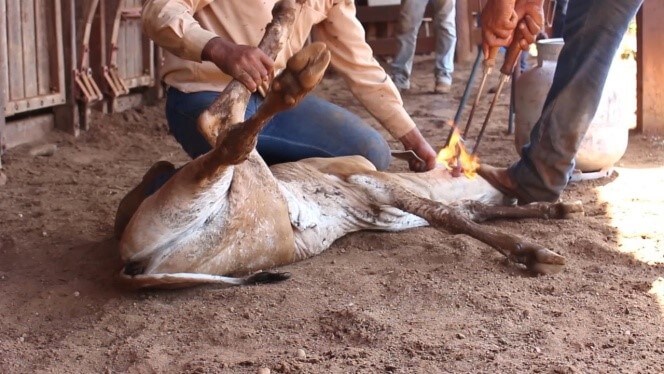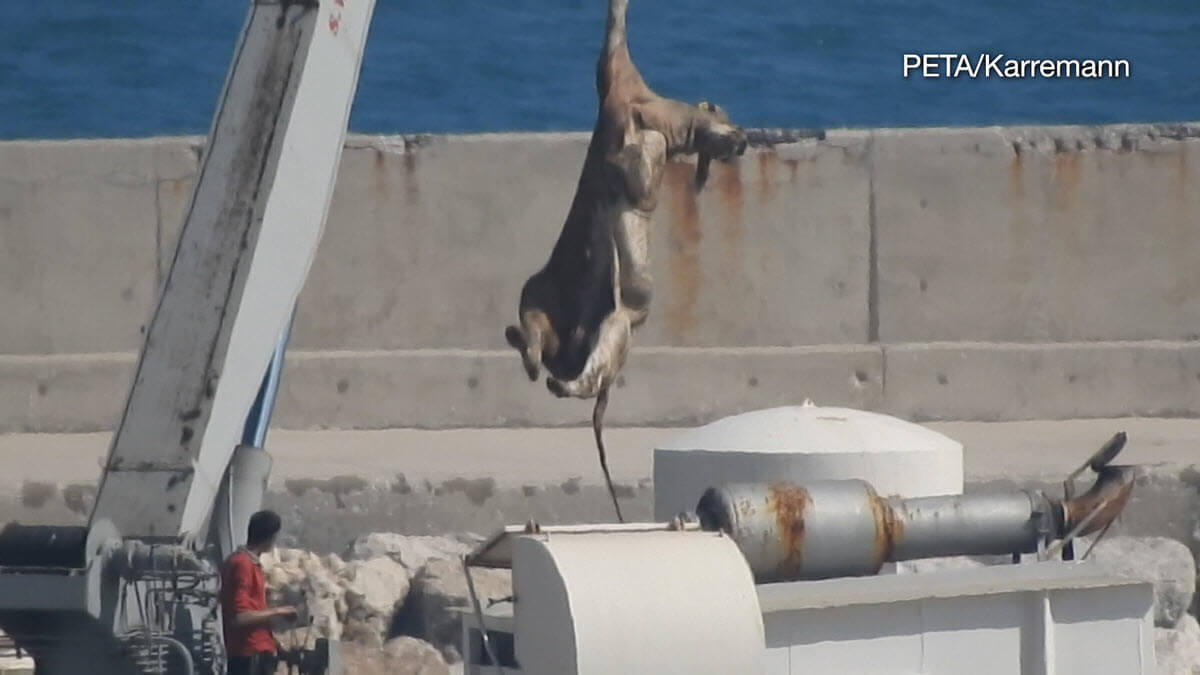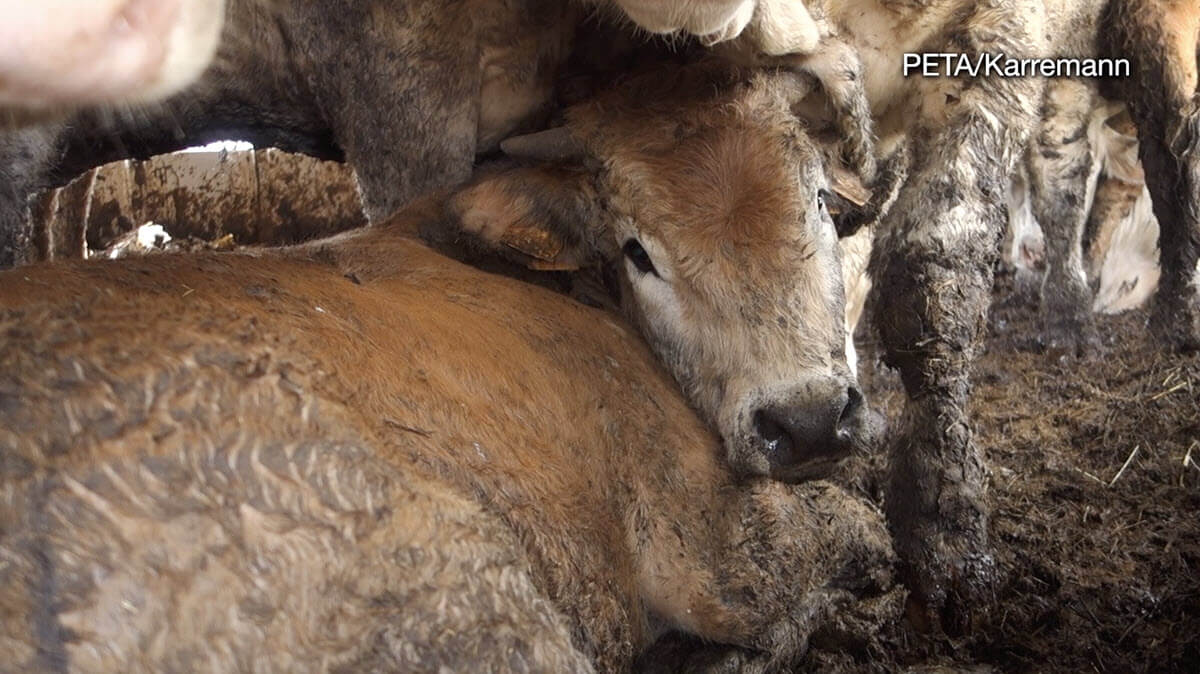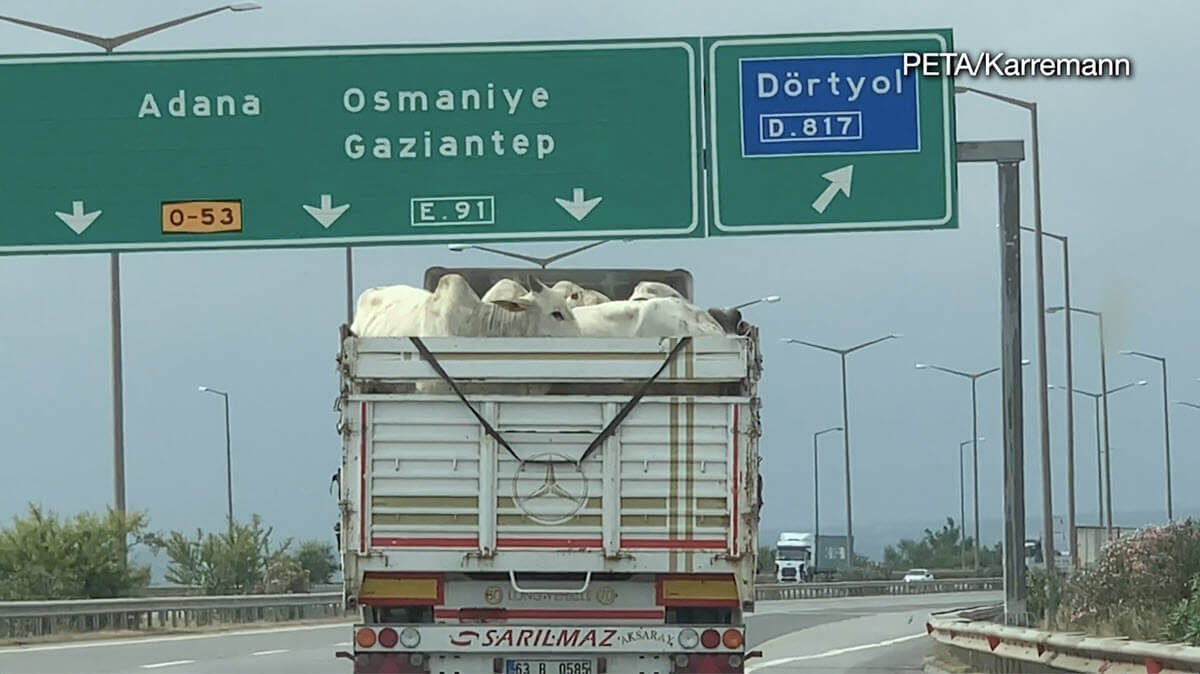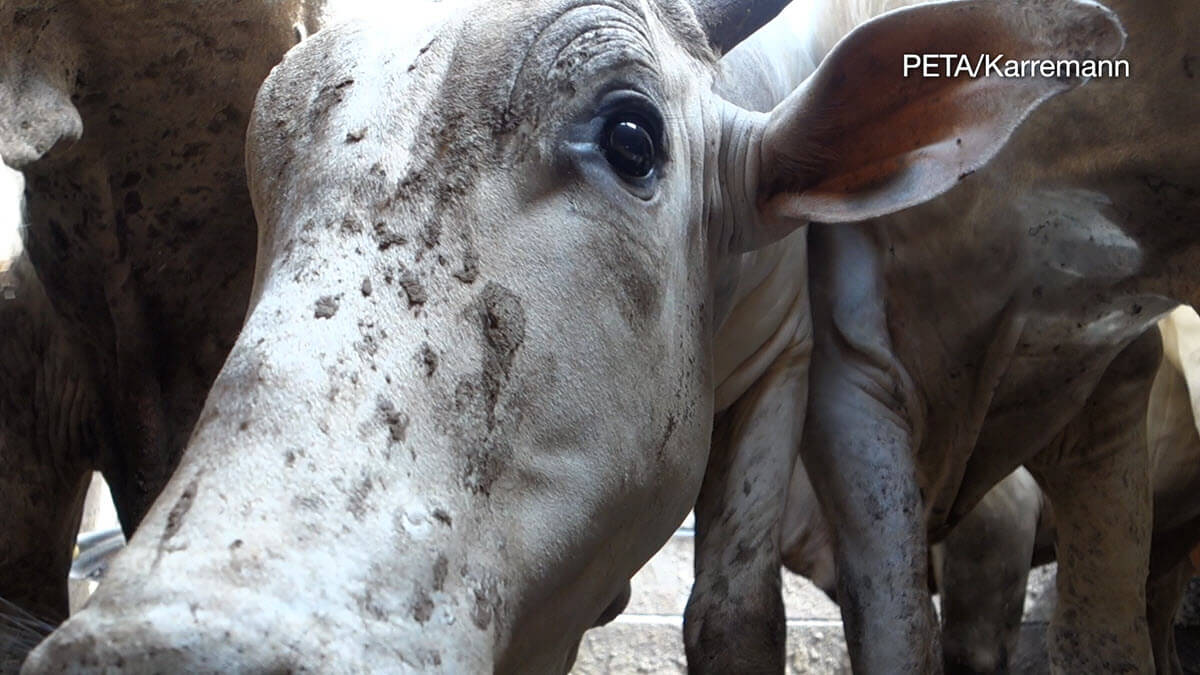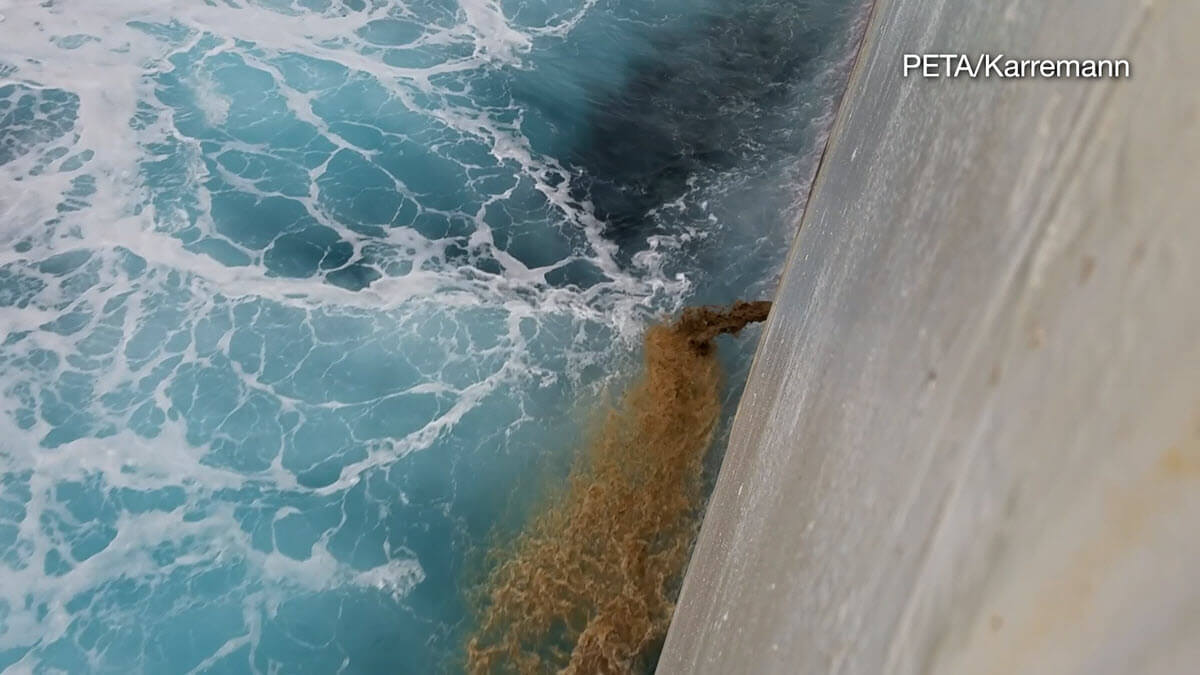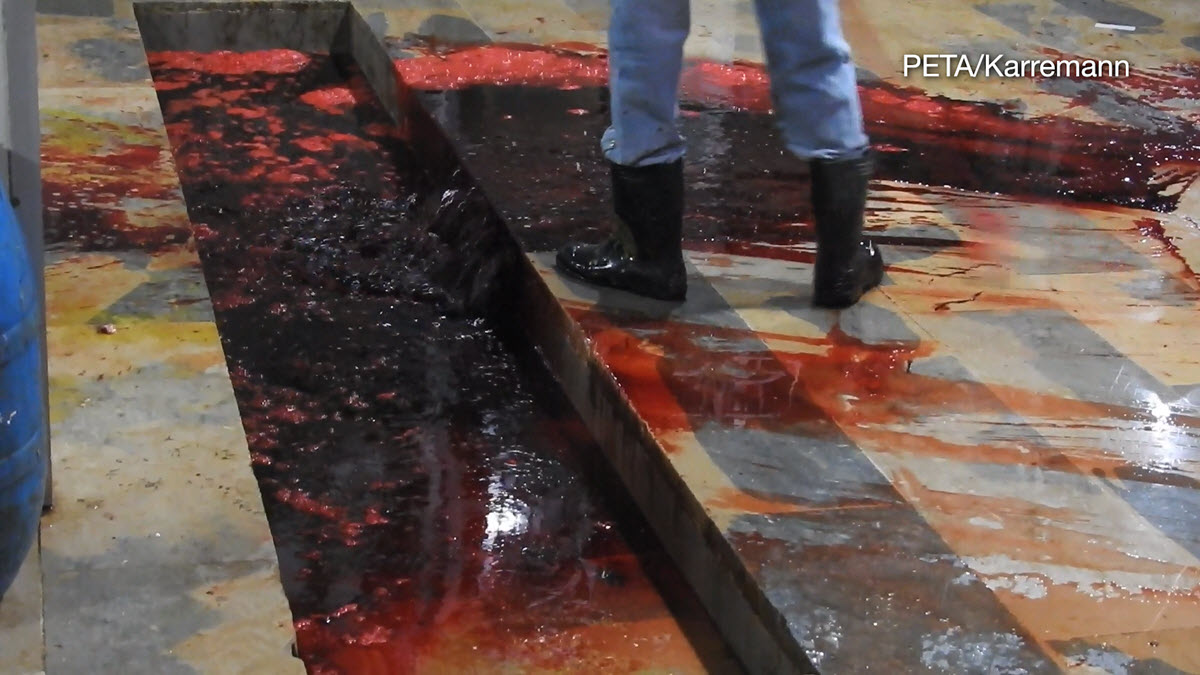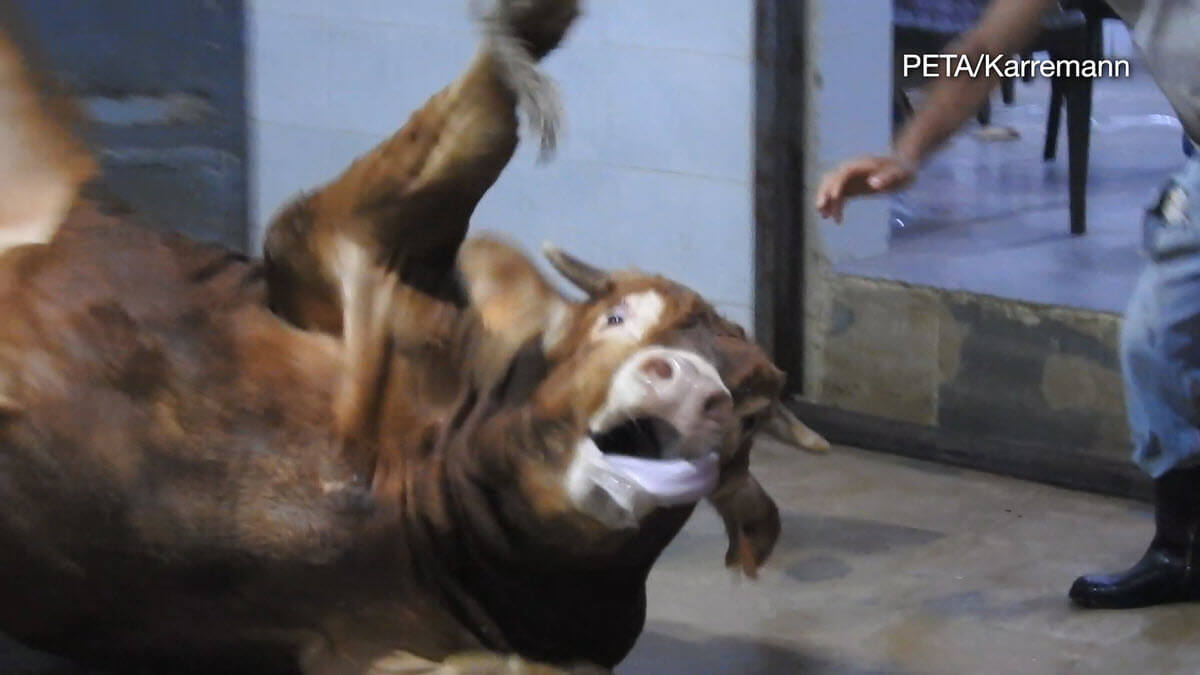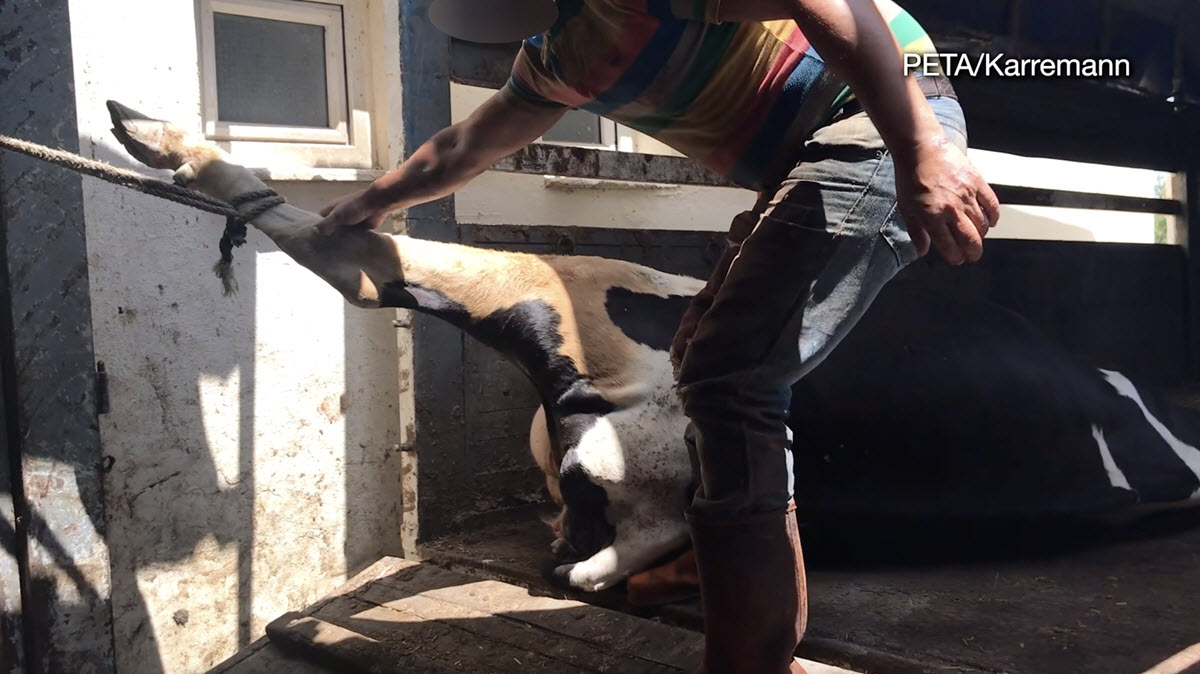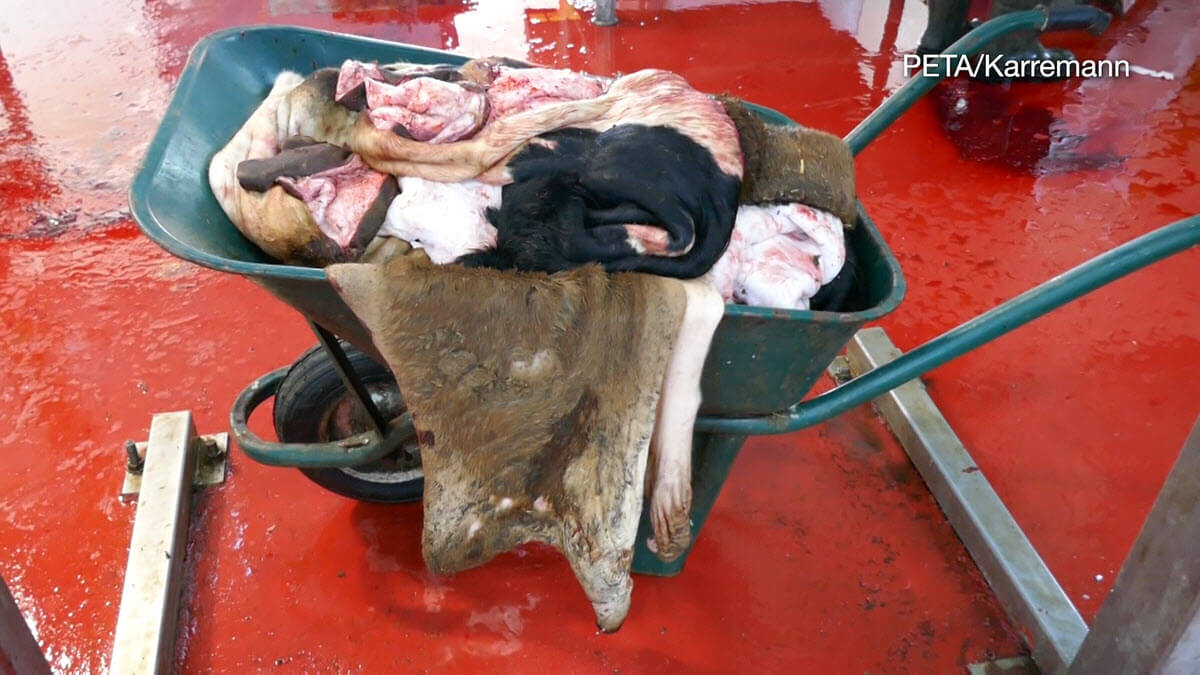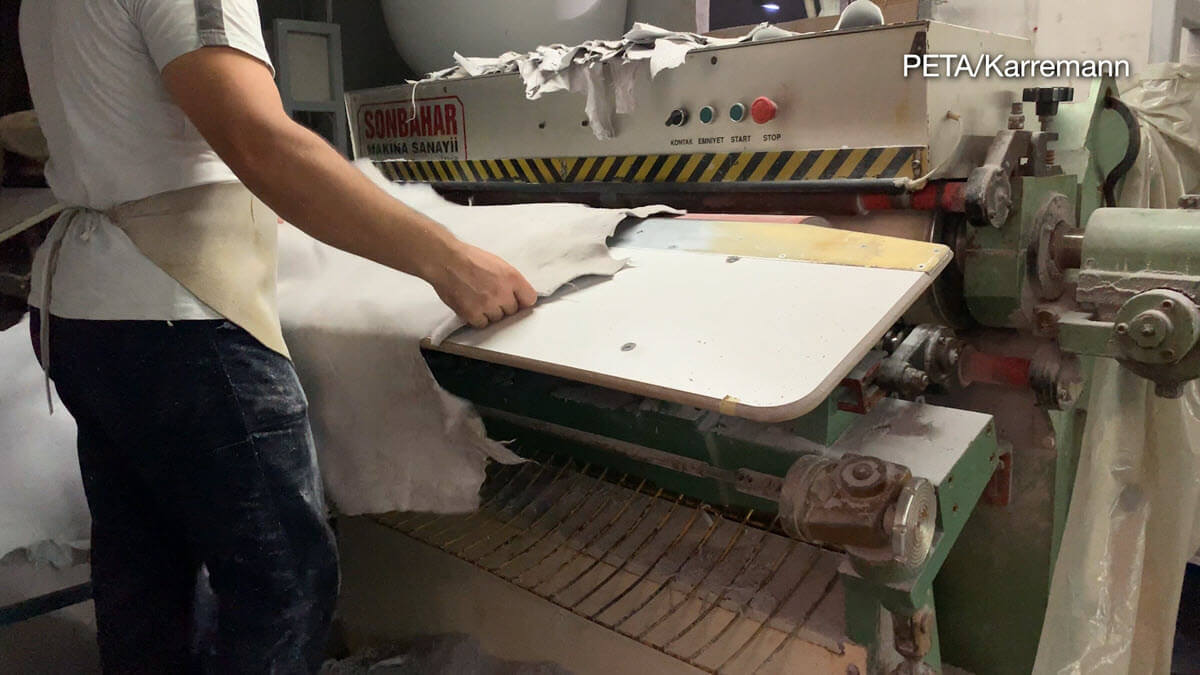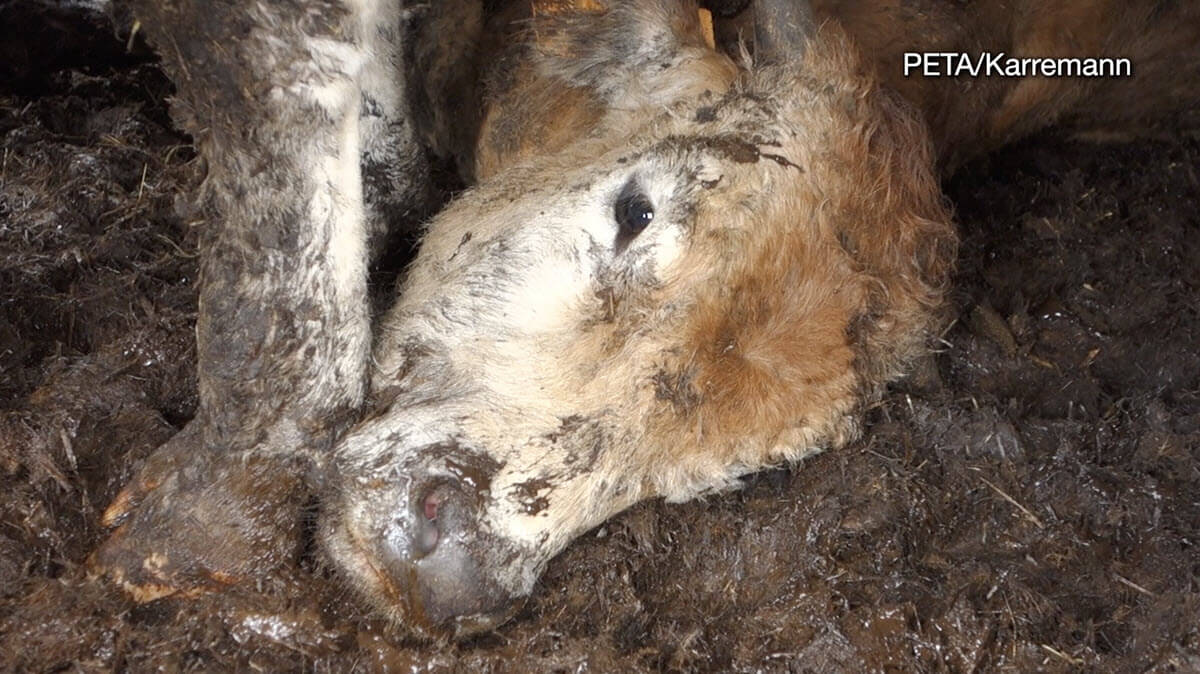Dacht
dat e.e.a. al niet meer gebeurde, tot ik afgelopen dinsdagmorgen
een petitie van het Care2 team onder ogen kreeg waarin men van het VS
Congres eist dat men een verbod instelt op het verbranden van
nieuwe kleding......
Schandelijk dat de verderop genoemde bedrijven weigeren deze kleding te doen toekomen
aan arme burgers, terwijl voor de productie van katoen niet alleen arbeiders worden uitgebuit, maar er ook nog eens een enorme plas water nodig
is voor de teelt van katoen (en dat in gebieden waar water schaars is) en gif dat wordt gebruikt
voor die teelt....... (om over gebruik van giftige kleurstoffen nog maar te zwijgen....)
Wat betreft de uitbuiting van arbeiders: er wordt dus kleding verbrand waarvoor die rijke bedrijven westerse arbeidsvoorwaarden (en milieuregels) ontduiken doordat ze de productie hebben verplaatst naar arme landen >> kortom de zwaar uitgebuite arbeiders, niet zelden kinderen, hebben hun slavenarbeid in feite geheel voor jan met de korte achternaam verricht....... (terwijl ze het geld niet hebben om die kleding te kopen.....)
Wat betreft de uitbuiting van arbeiders: er wordt dus kleding verbrand waarvoor die rijke bedrijven westerse arbeidsvoorwaarden (en milieuregels) ontduiken doordat ze de productie hebben verplaatst naar arme landen >> kortom de zwaar uitgebuite arbeiders, niet zelden kinderen, hebben hun slavenarbeid in feite geheel voor jan met de korte achternaam verricht....... (terwijl ze het geld niet hebben om die kleding te kopen.....)
Jammer
dat wij de petitie niet kunnen tekenen, echter deze petitie geeft
nogmaals aan dat grote bedrijven lak hebben aan: -verspilling, -de
klimaatverandering, -het leegtrekken van watervoorraden en -het vergiftigen van enorme gebieden.......
Geeft deze informatie door, het is de hoogste tijd dat men beseft dat kleding kopen bijdraagt aan de klimaatverandering, verspilling, vergiftiging van enorme gebieden en het misbruiken van gigantische hoeveelheden water, plus niet in de laatste plaats ellende en uitbuiting voor/van arbeiders die al straatarm zijn......
Geeft deze informatie door, het is de hoogste tijd dat men beseft dat kleding kopen bijdraagt aan de klimaatverandering, verspilling, vergiftiging van enorme gebieden en het misbruiken van gigantische hoeveelheden water, plus niet in de laatste plaats ellende en uitbuiting voor/van arbeiders die al straatarm zijn......
Laten we
hopen dat ook voor de EU zo'n petitie op poten wordt gezet, tot die tijd zou ik zeggen: boycot deze merken!! Frankrijk gaat ons voor, daar is per 2023 het verbranden van nieuwe kleding door bedrijven verboden..... Per 2023 daar het 'uiteraard logisch is dat bedrijven nog een paar jaar lang enorme hoeveelheden kleding mogen verbranden, dat kan je niet zo maar van de ene op de andere dag verbieden...' Belachelijk!! En dan te bedenken dat Franrkijk nog gunstig afsteekt bij de rest van de EU en dus ook bij Nederland, waar het (half christelijke kabinet) Rutte 3 al helemaal geen bliksem doet tegen het verbranden van deze kleding.......
They'd rather burn millions of unsold clothes than donate them to those in need
van: The Care2 Team- ontvanger: U.S. Congress
Miranda B., Care2 Action Alerts <actionalerts@care2.com>

Picture
a mountain of clothes — all of them new, unworn, and ready to go
home to someone and be loved. And then picture it on fire, set alight
by major fashion retailers to avoid someone seeing their brand as
"cheap" or "basic" because it's worn by a low
income person.

This is what has been happening all the time, for years, on the orders of major chains like Louis Vuitton, Nike, Urban Outfitters, and H&M. Rather than discounting their excess merchandise or — better yet — donating it to charities or homeless shelters, these brands are obsessed with making sure they're seen as expensive, elite, and in-demand — and cutting deals would apparently destroy this image.
The real losers in this mayhem are twofold: people in need, and also the Earth.Sign the petition to demand that the United States ban these wasteful fashion bonfires, now!
The build-up of unsold fashion has never been more intense than it is right now. During the pandemic, brick-and-mortar stores were mandated to close for months in order to protect the public from the highly contagious and rapidly spreading coronavirus. Even now, in September 2020, in-person shopping is still extremely difficult and scary, and continues to be prohibited in some places.
As a result, sales are down and fashion houses are facing unprecedented amounts of unsold clothing. Since the industry already overproduces even in a healthy year, the amount of warehoused inventory right now is staggering.
Facing this reality, brands — in theory — have a lot of options. They could reuse the items in future years. They could work with non-profits to hand these garments out to those people who don't have enough clothing, using this as a positive, moral opportunity. They could choose to hold a once-in-a-lifetime "special corona sale," even though brands like Louis Vuitton remain expensive through their commitment to not go on sale. There are a million options here.
But the main option, and the one that these fashion houses take every year, is burning.
Making giant bonfires out of completely new, faultless clothing, is incredibly cruel to those who have nothing and downright dangerous for our environment. Much of the clothing on the market these days is made with synthetic materials like polyester and viscose, meaning they're laden with fossil fuels, plastics, and chemicals. Burning them launches large amounts of toxins and microplastics into the air, ground, and water, and that feeds back into our ecosystem, inevitably ending up in the food that we eat, the water we drink, and then lodged in our very own bodies. This type of pollution also releases greenhouse gases like carbon dioxide, meaning that it's actually accelerating climate change. Clothing incineration actually causes more pollution than burning either coal or natural gas.

Luckily, France is pushing back. The fashion capital of the world recently decided to ban all fashion bonfires, starting in 2023. This is an excellent start, but we can't stop there. It's time for more countries to follow suit. And since the United States is one of the largest consumerist, capitalist countries in the world, it's time for U.S. lawmakers to take a stand.
Tell fashion houses and lawmakers to get their priorities right. Sign the petition to demand that the U.S. pass a law banning all clothing designers, manufacturers, and stores from burning excess, unsold merchandise!
====================================
This is what has been happening all the time, for years, on the orders of major chains like Louis Vuitton, Nike, Urban Outfitters, and H&M. Rather than discounting their excess merchandise or — better yet — donating it to charities or homeless shelters, these brands are obsessed with making sure they're seen as expensive, elite, and in-demand — and cutting deals would apparently destroy this image.
The real losers in this mayhem are twofold: people in need, and also the Earth.Sign the petition to demand that the United States ban these wasteful fashion bonfires, now!
The build-up of unsold fashion has never been more intense than it is right now. During the pandemic, brick-and-mortar stores were mandated to close for months in order to protect the public from the highly contagious and rapidly spreading coronavirus. Even now, in September 2020, in-person shopping is still extremely difficult and scary, and continues to be prohibited in some places.
As a result, sales are down and fashion houses are facing unprecedented amounts of unsold clothing. Since the industry already overproduces even in a healthy year, the amount of warehoused inventory right now is staggering.
Facing this reality, brands — in theory — have a lot of options. They could reuse the items in future years. They could work with non-profits to hand these garments out to those people who don't have enough clothing, using this as a positive, moral opportunity. They could choose to hold a once-in-a-lifetime "special corona sale," even though brands like Louis Vuitton remain expensive through their commitment to not go on sale. There are a million options here.
But the main option, and the one that these fashion houses take every year, is burning.
Making giant bonfires out of completely new, faultless clothing, is incredibly cruel to those who have nothing and downright dangerous for our environment. Much of the clothing on the market these days is made with synthetic materials like polyester and viscose, meaning they're laden with fossil fuels, plastics, and chemicals. Burning them launches large amounts of toxins and microplastics into the air, ground, and water, and that feeds back into our ecosystem, inevitably ending up in the food that we eat, the water we drink, and then lodged in our very own bodies. This type of pollution also releases greenhouse gases like carbon dioxide, meaning that it's actually accelerating climate change. Clothing incineration actually causes more pollution than burning either coal or natural gas.

Luckily, France is pushing back. The fashion capital of the world recently decided to ban all fashion bonfires, starting in 2023. This is an excellent start, but we can't stop there. It's time for more countries to follow suit. And since the United States is one of the largest consumerist, capitalist countries in the world, it's time for U.S. lawmakers to take a stand.
Tell fashion houses and lawmakers to get their priorities right. Sign the petition to demand that the U.S. pass a law banning all clothing designers, manufacturers, and stores from burning excess, unsold merchandise!
Voor meer berichten over kinderarbeid, kledingverspilling, uitbuiting, slavenarbeid, slavenlonen (uiteraard overlappend met slavenarbeid, al geeft dit label veel meer berichten, slavenlonen worden immers ook in Nederland en andere westerse dan wel rijke landen betaald), arbeidsvoorwaarden, landbouwgif, textielindustrie en/of brand textielfabriek, klik op het desbetreffende label, direct onder dit bericht.

